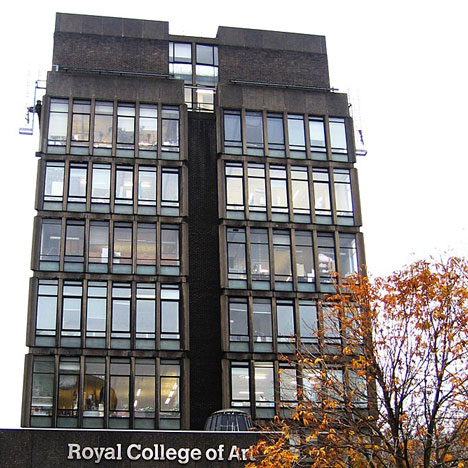
RCA in "state of jeopardy" after Design Interactions staff departures
The Royal College of Art has suspended its world-famous Design Interactions course after failing to find replacements for staff who resigned earlier this year.
RCA rector Paul Thompson announced that no students would be admitted to Design Interactions this academic year in an internal email earlier this summer.
He accused departing staff of causing "considerable upset" and endangering the RCA's financial security.
"Apart from letting down our students, the cost of closing the first year is estimated at £300,000," he wrote.
Update: RCA rector apologises for statements made in internal email
Together with lower than anticipated numbers of fee-paying students across the RCA, Thompson said this left the school with a £750,000 shortfall and put it in "an unnecessary state of jeopardy".
The admissions shortfall has since been resolved, the school said.
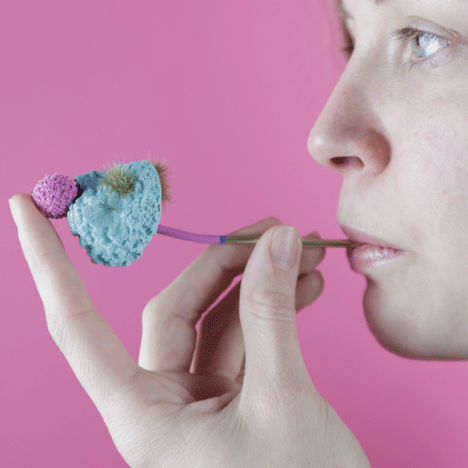
In his monthly internal newsletter to staff on 29 July 2015, Thompson wrote: "Very regrettably, we have been obliged to 'pause' the intake of first years into Design Interactions, due to three members of staff choosing not to honour their notice periods up to December 2015, leaving the programme with no choice but to concentrate on the second years and encourage first-year applicants on to alternative courses or to defer a year."
"This has caused considerable upset for a number of individuals who had accepted places," he added. "One had resigned from a job, moved to the UK and signed a tenancy agreement."
A spokesperson for the college told Dezeen that the majority of those who had applied to Design Interactions had since accepted places on the RCA's Architecture, Design Products and Information Experience Design programmes instead.
The Design Interactions course, which has produced alumni including Alexandra Daisy Ginsberg and Revital Cohen, was rocked by the resignation of course head Anthony Dunne and his partner, Design Interactions tutor Fiona Raby, in March this year.
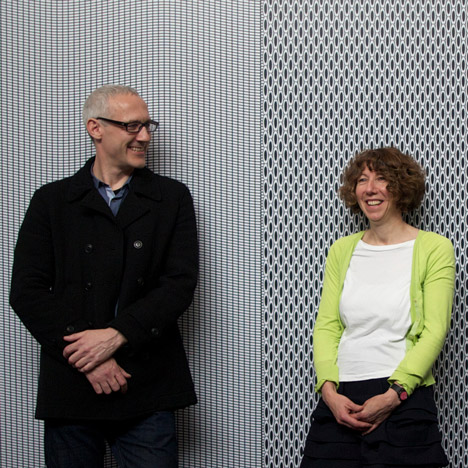
Senior tutor Noam Toran and tutor James Auger left at the end of the last academic year, while electronics tutor Tom Hulbert left in June.
A tutor from the Design Products course had been due to step in to help the course continue running, but was offered a professorship elsewhere.
Thompson said that in future the college may take legal action against staff who leave before working their full notice period.
"The College will be seeking legal advice on whether in future to pursue damages from staff who are in breach of their contractual notice period," he wrote.
The RCA has appointed Design Products head Sharon Baurley as acting head of the course.
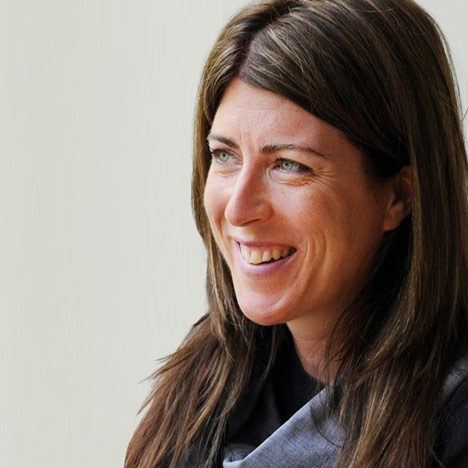
"A permanent Head of Programme for Design Interactions has been selected and will be announced shortly," an RCA spokesperson told Dezeen. "Admissions will open as normal on 12 October for applications to all programmes for 2016/17 entry, including Design Interactions."
The RCA, which was named the world's top-ranking design school earlier this year, has undergone significant staff change recently.
Some members of senior staff have stepped down to take research positions. These include Clare Johnston, former head of textiles, and Martin Smith, previously head of ceramics.
Other staff have relinquished their senior positions for visiting professor roles, including Ab Rogers, former head of the Interior Design programme, and architecture dean Alex de Rijke.
Joan Ashworth, head of animation, will stand down at the end of the year.
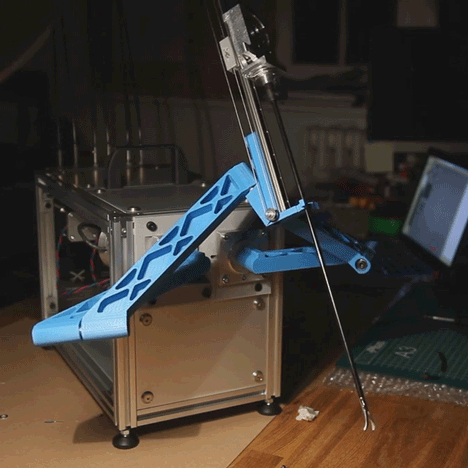
The Design Interactions course encourages students to find applications for developing and speculative technologies within product and industrial design.
Projects by recent students and graduates include a DIY surgical robot built from 3D printer components, mushroom inhalers that could replace vaccination needles, and a fleet of robots that allowed the public to remotely explore galleries and museums from their computers at home.